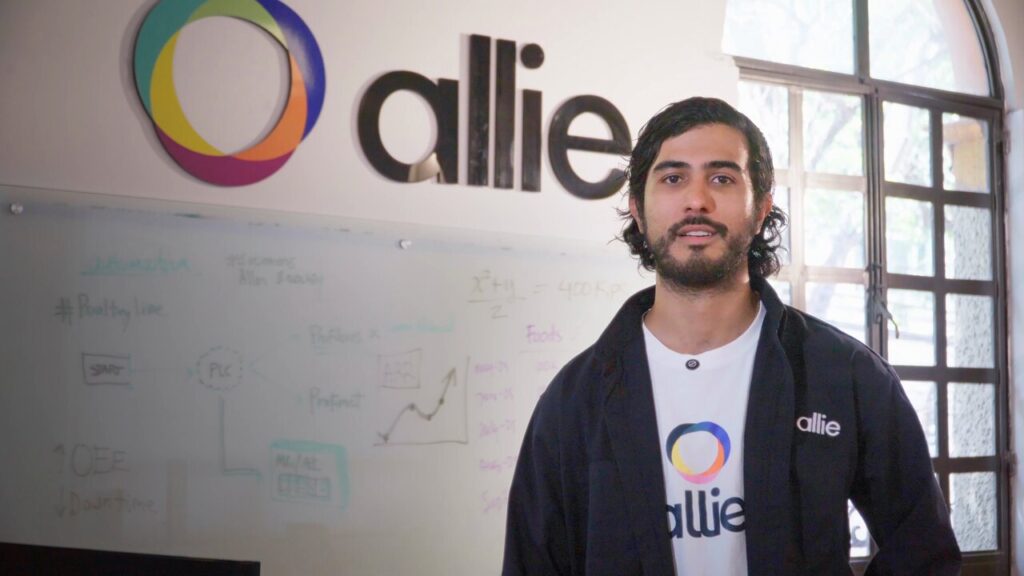There are obvious sacrifices that come with the decision to embark on the startup journey: time, money, freedom… And if it weren’t tough enough, traditional wisdom tells you that 90 percent of startups fail.
While this traditional wisdom may not be statistically accurate, it serves the purpose of reminding us that startup life is no walk in the park.
It’s for this reason that so many books, conferences, and resources have been dedicated to teaching and inspiring those who are brave enough to embark on the challenging journey.
Among the various sacrifices an entrepreneur must make, perhaps the most formidable challenge is the uncertainty that comes with the process of starting up.
Uncertainty is something faced by startups and Fortune 500 companies alike; however, to combat this uncertainty global giants like Nike, Spotify, IBM, Philips, and Google Ventures have each turned to a process called a “design sprint,” and startups have a large incentive to follow suit.
The concept has gained such popularity that there is now a mobile app being developed featuring collective learnings, best practices and resources to help you plan, facilitate and execute a successful design sprint by MOBGEN.
What is a design sprint?
https://www.youtube.com/watch?v=MU4c5_xKxS8
According to Google Ventures — the designers of the process — “it’s a ‘greatest hits’ of business strategy, innovation, behavior science, design thinking, and more—packaged into a battle-tested process that any team can use.”
Essentially, it is a five-day process that is designed to take you through the ideation, testing, and validation of solutions to your company’s critical business questions. Consider it a shortcut or a “fast-forward” feature to use when you are looking to bring a new product, service or a feature to the market.
What makes a design sprint so successful is its ability to condense the normal cycle of finding an idea, building a product, launching it, and learning how to improve it into the first and the last stages — bypassing the time-consuming and expensive stages of building and launching.
Using a focused team of five to seven individuals, design sprints take you through the process of transforming a vague idea into a solution that can be tested on your customers — within a week.
There are clear advantages to the process which is why so many multinational companies have used it. The benefits, though, are even greater for startups which is why you should use it too.
1) A design sprint focuses your ideas
“When you’re first thinking through an idea, it’s important not to get bogged down in complexity. Thinking simply and clearly is hard to do.” — Richard Branson
Ideas often come in two forms: either messy and unrefined, or meticulously weighed down by detail. Neither of these, though, provide a launch point to get your idea of the ground. Design sprints aim to change this.
On the first day of a design sprint, you gather a diverse team with different skills and backgrounds from different business areas. After, you define the problem you would like the design sprint to solve and agree to an overarching goal.
On day two, team members work individually to focus on the problem and create their own solutions. The process of individual work helps avoid many of the distractions that come with group brainstorming sessions. Often in brainstorming sessions, individuals come up with many creative solutions that are quickly shot down by someone’s critique of a minor detail.
Individual work allows each team member to fully explore their own ideas in depth before presenting them to the group the following day. After each member’s idea is presented, the decision maker chooses the best one to focus all attention on. As a result, the team is able to avoid messy complexities and refine a singular idea to reach its overarching goal.
In an interview with Inc., Jake Knapp, the founder of the design sprint summarizes this point well, saying, “In the sprint, you get the opportunity…to use the best of your [team’s] skills to apply [them] to the most important thing — not the 10 most important things.”
2) Design sprints save time
“Move fast and break things. Unless you are breaking stuff, you are not moving fast enough.” — Mark Zuckerberg
Time is one thing entrepreneurs would agree you can never get enough of. In order for your startup to succeed, you need to be efficient, decisive, and quick to adapt. It is ultimately for this reason that the “fail fast” methodology came to be.
A VentureBeat article describes the philosophy: “Fail fast isn’t about the big issues, it’s about the little ones. It’s an approach to running a company or developing a product that embraces lots of little experiments with the idea that some will work and grow and others will fail and die.”
This is the mentality of a design sprint, and particularly, why it is so relevant to startups. Design sprints are designed to help you avoid the grand experiments of building and failing, replacing them with a series of short experiments and ideas that can be quickly tested, validated, or discarded.
In a startup environment, moving fast is key. Under the five-day time constraint, team members are forced to move quickly, end unproductive conversations on the spot, and act with an overall sense of urgency. Such a process allows you to accomplish in one week what would normally take weeks, or even months, between development and launch.
Moreover, at the end of the process, you get feedback from real customers telling you whether or not your idea is worthy of devoting further time and resources to.
3) A design sprint saves money
“Rule No. 1: Never lose money. Rule No. 2: Never forget rule No.1.” — Warren Buffett
It’s tough to find funding. It’s even tougher to manage it well. For startups, it’s important to consider that taking on debt to develop your product is a huge risk given the unknown reaction of your customers. Moreover, it’s an unnecessary risk given the advantage of design sprints.
Granted, entrepreneurs need to be risk-takers. But they don’t need to take unnecessary risks. Even if you’re not taking on debt, but wantonly spending acquired capital, you’re doing so unnecessarily. Would you go “all in” on a coin flip? What about a game of roulette when the odds are even lower? Betting on an idea without adequate feedback is reckless. Sometimes, solutions we find appealing aren’t as popular as we expected.
By design, a design sprint allows you to gauge real customers’ reactions without spending a pretty penny on product development and launch. As discussed previously, skipping these two stages is one of the greatest benefits a design sprint has to offer. In doing so, you gain a greater level of certainty at a fraction of the cost.
Design sprints enable you to save and protect your money for smarter investments that will come after having refined an appealing solution for your customers. Considering as well the old adage, “Time is money,” there is a significant amount of money to be saved on time alone.
Take a lesson from those who have been there
Consider the quotes from Branson, Zuckerberg, and Buffet. It’s easy to see these guys for the magnates that they have become, but it’s important to remember as well that each of them started small. These guys have been there, and done that.
While you may not find a whole lot in common with these titans, there is common ground to be found in the benefits of design sprints. So, when approaching your next big problem or idea, take their advice — and the benefits that a design sprint has to offer.
For help organizing your own design sprint, visit the Google Ventures webpage, or check out MOBGEN’s application to guide you through the process. The application is currently being developed, but you can sign up for the beta version here.












